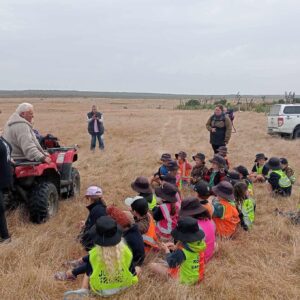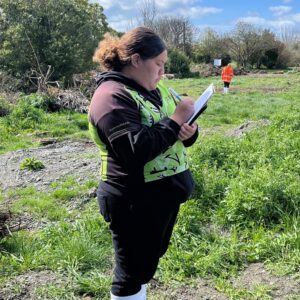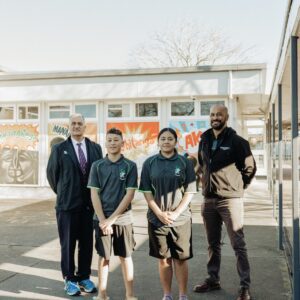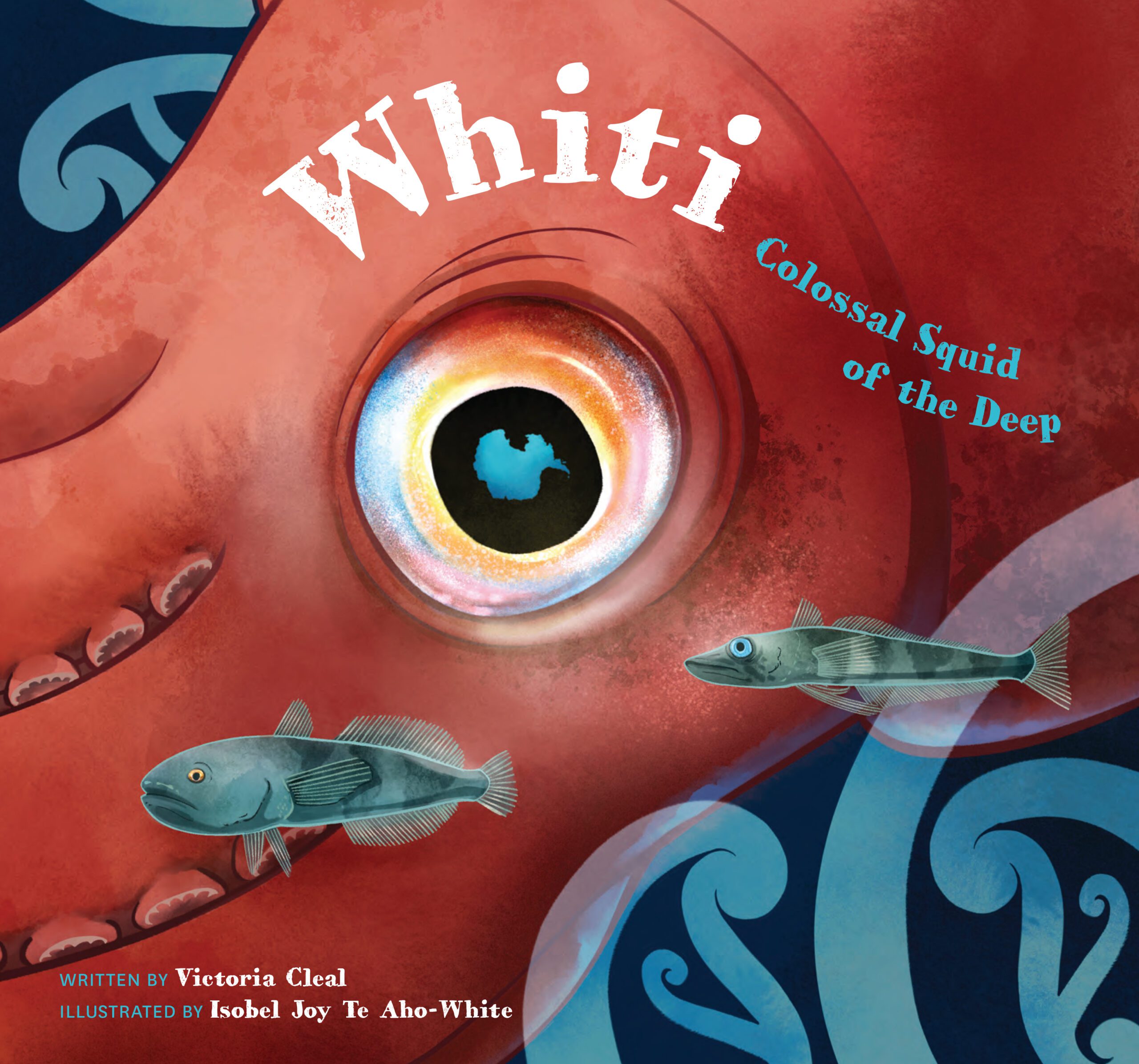
Whiti: Colossal Squid of the Deep
Victoria Cleal and Isobel Joy Te Aho-White (Ngāti Kahungunu, Kāi Tahu) (Te Papa Press)
In this beautifully illustrated picture book we follow the lifecycle of Whiti the colossal squid. She begins as a “bulgy-eyed” baby squid, freshly hatched from an egg, and grows into the most massive invertebrate in the world. The story travels with Whiti through her deep-sea adventures including escaping from a sperm whale and finding a mate.
While the book focuses on Whiti, her story introduces the creatures who live in her Antarctic world – lantern fish, jellyfish, Adélie penguins and many more. It visits the scientists who are “Antarctica’s guardians” and who are learning about the effects of climate change. A Te Papa Press book about squid would not be complete without also telling the story of the colossal squid that was caught in 2007, and that is on display at Te Papa – the only one in the world! Detailed and packed with facts, Whiti is a book to return to again and again. – Sarah Barnett

#NoFly: Walking the Talk on Climate Change
Shaun Hendy (Bridget Williams Books)
What happens when a leading Aotearoa scientist stops flying for a year? That is the question asked – and answered – by #NoFly. The book recounts Hendy’s 2018 #NoFly experience as well as giving a concise history of climate change science and politics (and how science communication can do more to bring people along). The strength of the book is it covers these topics from an Aotearoa New Zealand perspective and in Hendy’s straightforward and accessible voice. Written pre-Covid-19, the sections that suggest how our work habits might change feel prescient. The last chapter asks, “Where Next?” and Hendy provides a lot of inspiration and information. He also suggests that for Aotearoa New Zealand to reach a zero carbon 2050, it’s our actions as well as our words that must do the speaking. – Sarah Barnett
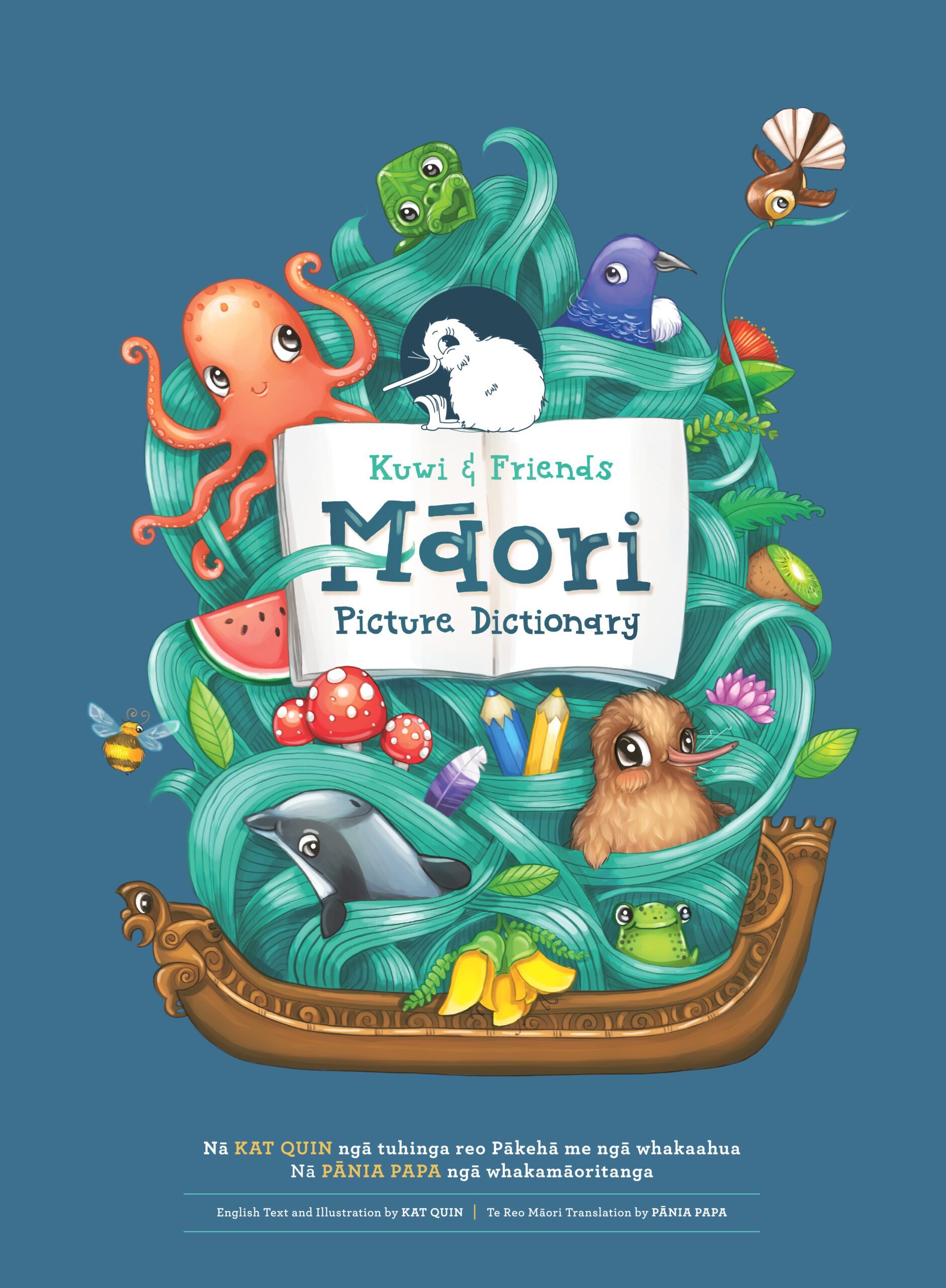
Kuwi & Friends: Māori Picture Dictionary
Kat Quin and Pānia Papa (Illustrated Publishing)
Kuwi & Friends is a large, hardback dictionary for those wanting to learn everyday words in te reo Māori. While this pukapuka is filled with cute illustrations – seemingly aimed at younger readers – it will be useful for tamariki of any age. The categories and words covered are comprehensive and include te kura (school), different parts of the home, the natural environment, ngā tau (numbers), ngā kākahu (clothing), te pātaka (the pantry), te marae, te ao (the world), te ao tukupū (the universe), te tinana o te tangata (the human body) and much more. The pukapuka includes a pronunciation guide (with dialectal variations for different iwi) and a guide to formal and informal greetings. Extensive, charming and easy to use. – Sarah Barnett
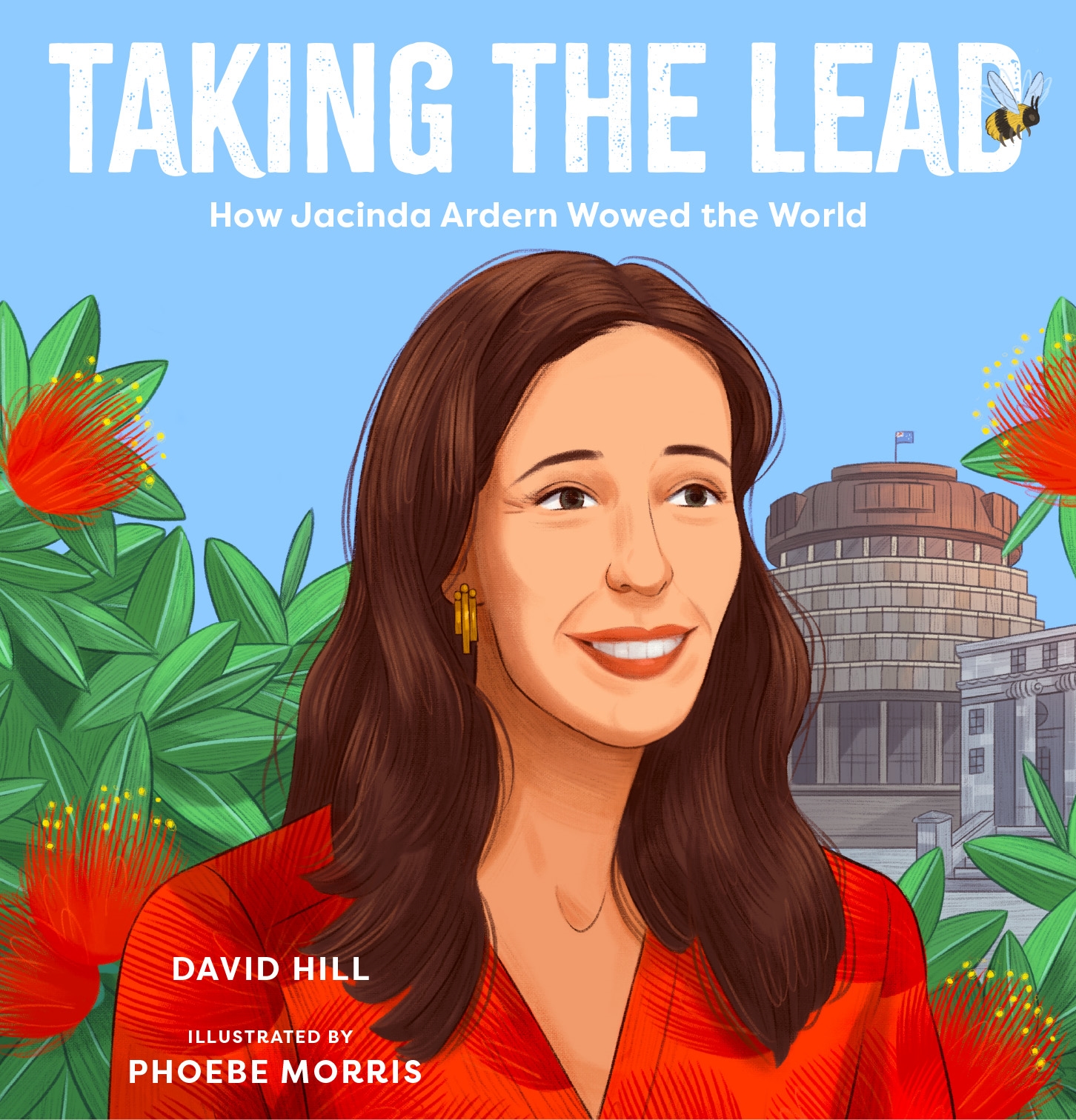
Taking the Lead: How Jacinda Ardern Wowed the World
David Hill and Phoebe Morris (Penguin Random House NZ)
I think it was a great idea to do a book about Jacinda Ardern. She’s a great person and has done so much for New Zealand. She’s also a huge inspiration for girls because she shows any gender can be a world leader and girls can do just as much as boys. And just showing that a little kindness can do a lot. In this book I learned a lot about Jacinda Ardern. I learned about what it was like for her when she was a kid and what the people around her were like. I know she’s an amazing person now and I predicted she was an amazing person back then, but now I know for sure.
They made the book before 2020 so there’s nothing about the amazing things she did in lockdown. She made brave choices and smart moves and that’s why we’re doing great with Covid-19 in New Zealand. Also, she won the election. I hope for her to do more amazing things in the future. – Sophie Schwalger, age 9
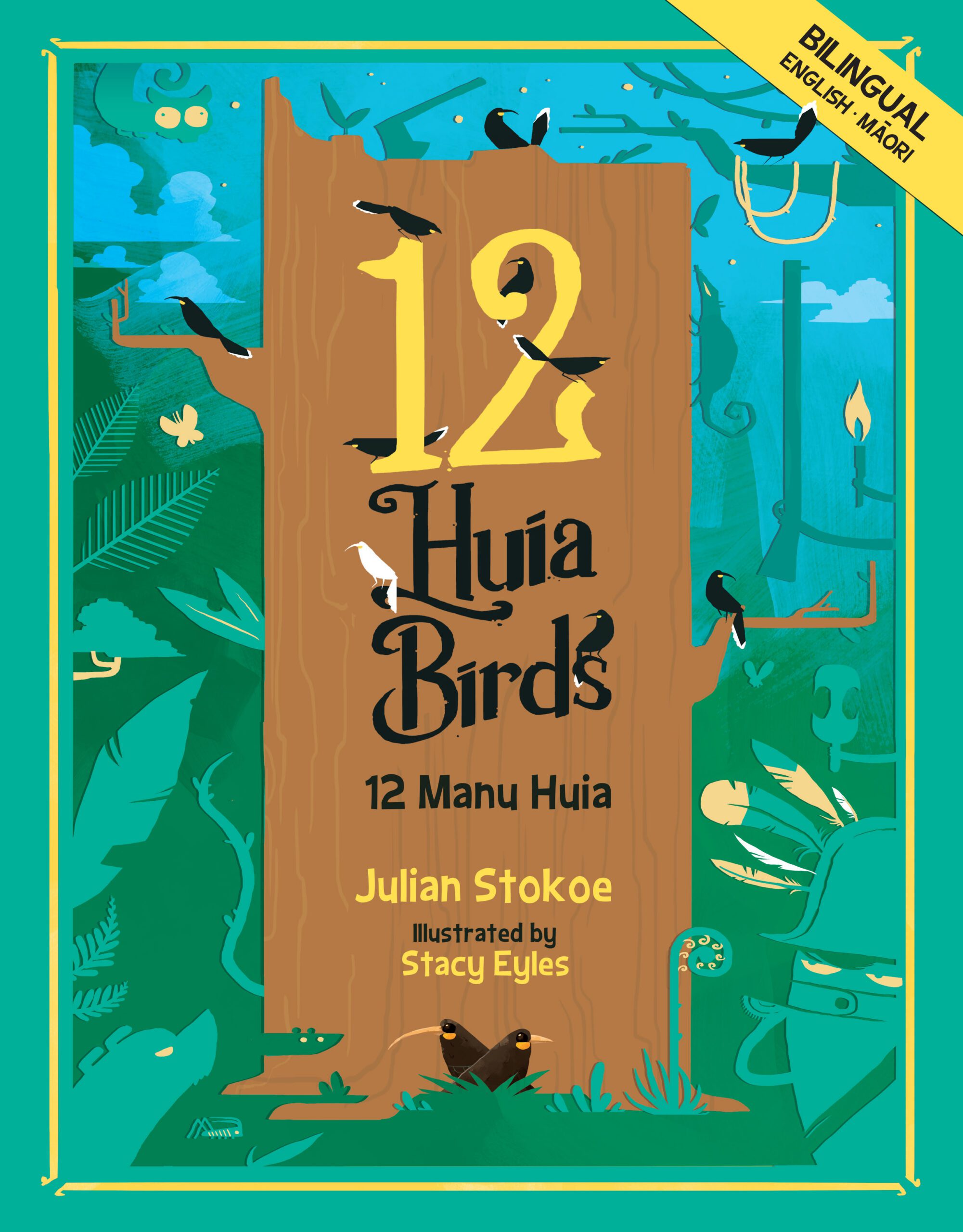
12 Huia Birds/12 Manu Huia
Julian Stokoe and Stacy Eyles (Ngāti Porou) (Oratia)
A new bilingual edition (Māori and English) of this illustrated story about the extinction of the huia. Aimed at younger readers, the book uses gentle rhyme to capture its audience, as well as dynamic and colourful illustrations. As the book counts down from twelve huia to none, the story shows why the bird became extinct – people, dogs, rats, possums, cats, weasels, fire and finally greed. With a clear environmental conservation message, the book reminds us that by telling the story of the huia we can, in some small way, keep the huia alive. – Sarah Barnett
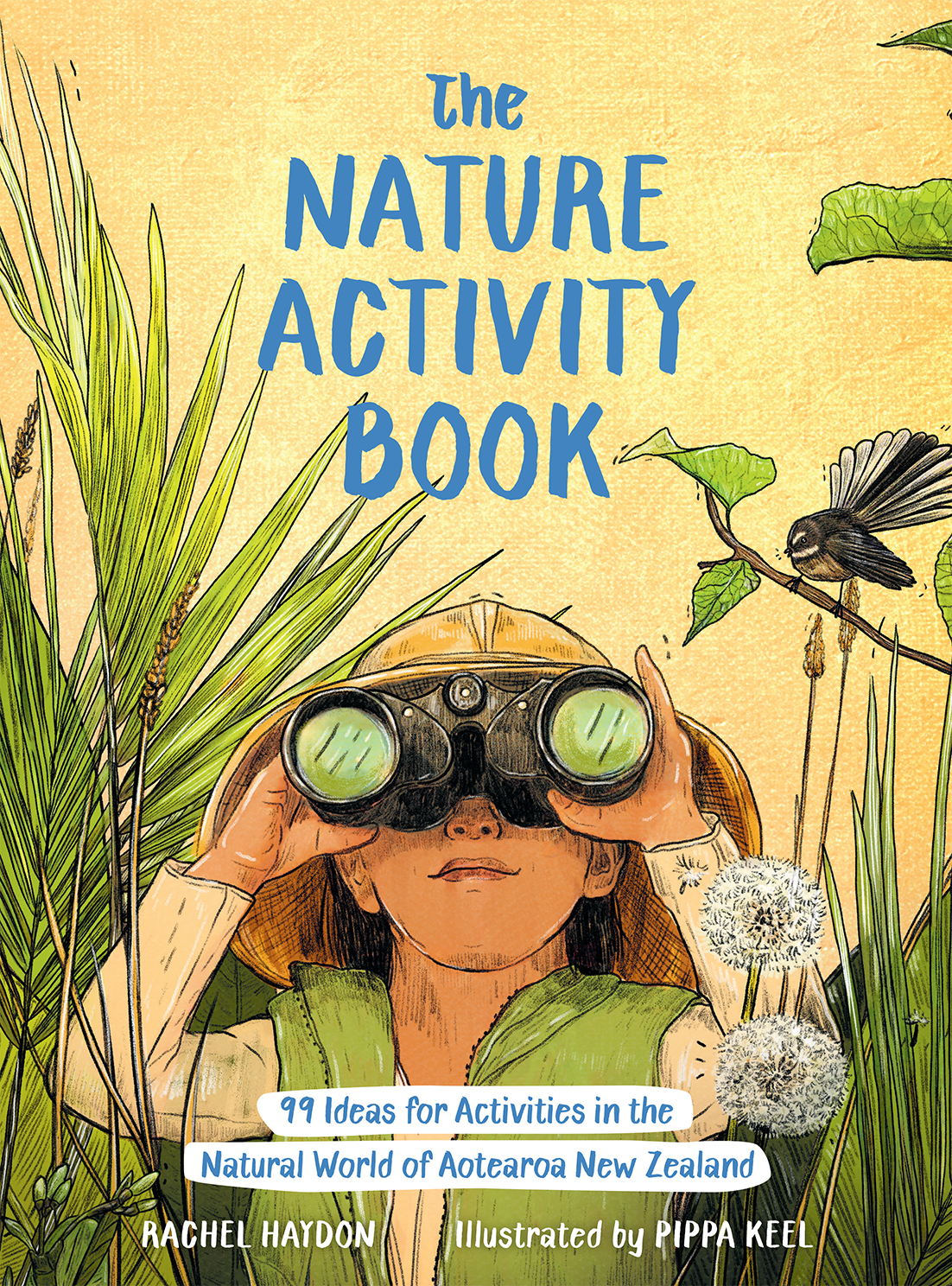
The Nature Activity Book: 99 Ideas for Activities in the Natural World of Aotearoa New Zealand
Rachel Haydon and Pippa Keel (Te Papa Press)
This extensive and whimsically illustrated activity book is a must-have science companion for young New Zealanders. Split into sections of “Shapes and Patterns,” “Environment and Spaces”, “Experiments and Enquiry”, “Sense and Mindfulness” and “Action and Kaitiakitanga”, the book explores the natural world in a way that is inclusive of te ao Māori and sees humans as part of the natural world.
The activities encourage curiosity and scientific investigation, but also wonder and awe. “Why is that flower so beautiful?” the book asks. Most importantly, the book encourages environmental citizenship and invites readers to think how they can make things better for the planet. Activities cater to a wide age range and could be adapted to settings from early childhood through to late primary. Bunting made of autumn leaves; food chains; natural dyes; mandalas; the tamariki of Tāwhirimātea, and much, much more. – Sarah Barnett
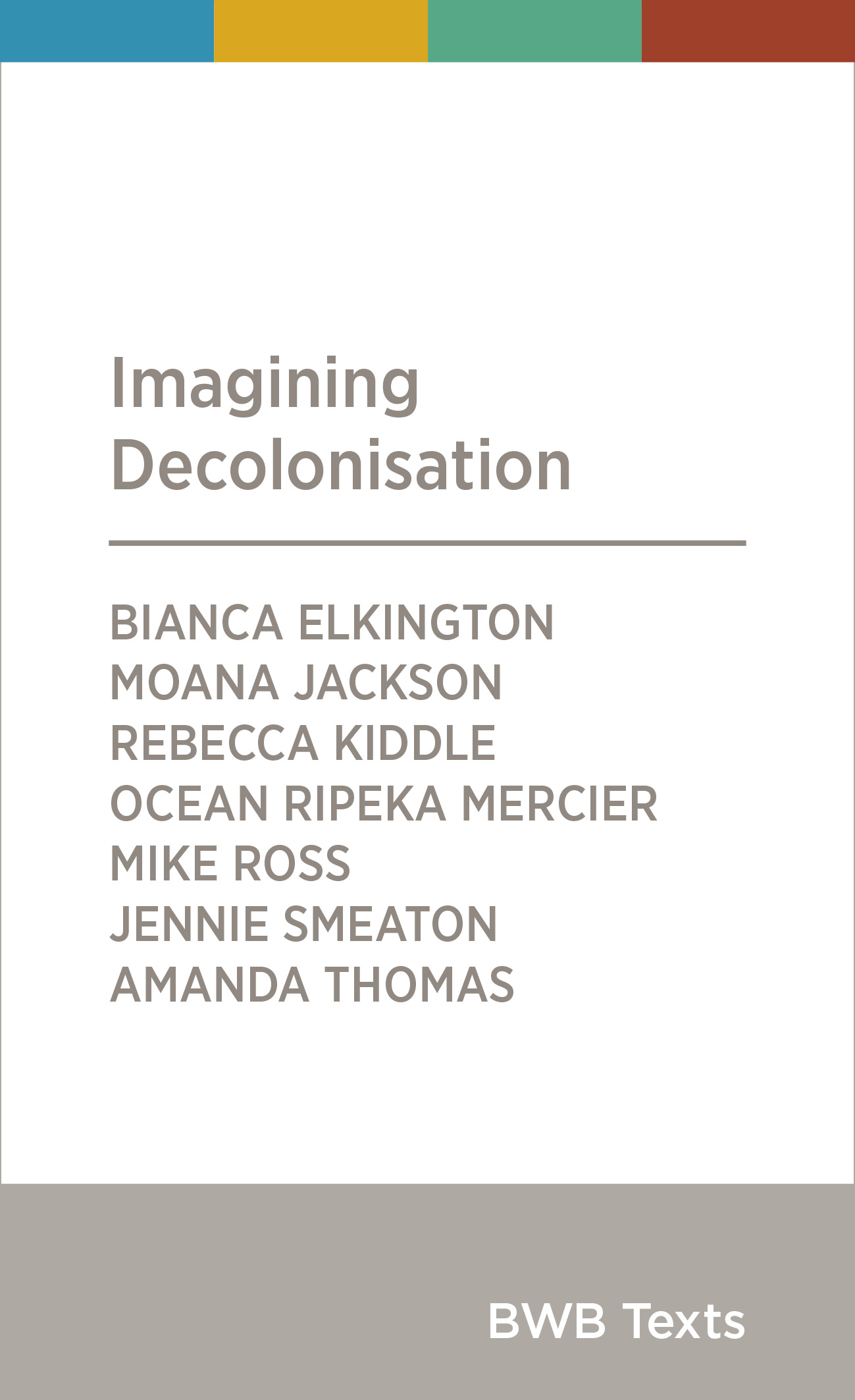
Imagining Decolonisation
Rebecca Kiddle (Ed.), various authors (Bridget Williams Books)
What does decolonisation even mean!? If you’re time-poor but curious, these authors have done you a solid. With five short chapters, the book is less intimidating academic investigation than an invitation to those of us who aren’t academics.
The chapters cover the basics of decolonisation, from how colonisation “sucks for everyone” to a hopeful and poetic close from the legendary Moana Jackson. All the writers do an impressive job of grounding big ideas and challenges in a real-world context. The learner in me appreciated the generous use of anecdotes and storytelling. The teacher in me appreciated the fact that the book itself is a resource with its own questions for reflection and practical suggestions.
Our schools and early childhood services are at the forefront of questions about how we understand our relationships with each other and this land. Young Māori and non-Māori learners alike are demanding more from us all in this space. They want to usher in something better, and they deserve it. Whether we’re talking about how we advance Te Tiriti o Waitangi in our environments or thinking about what stories we tell in history class, these questions require our attention.
With such big questions, it’s easy to feel daunted. This book is a timely reminder that we can and must go there. As Moana Jackson strongly urges us, there is joy and collective possibility in this process of restoration. – Nadia Abu-Shanab
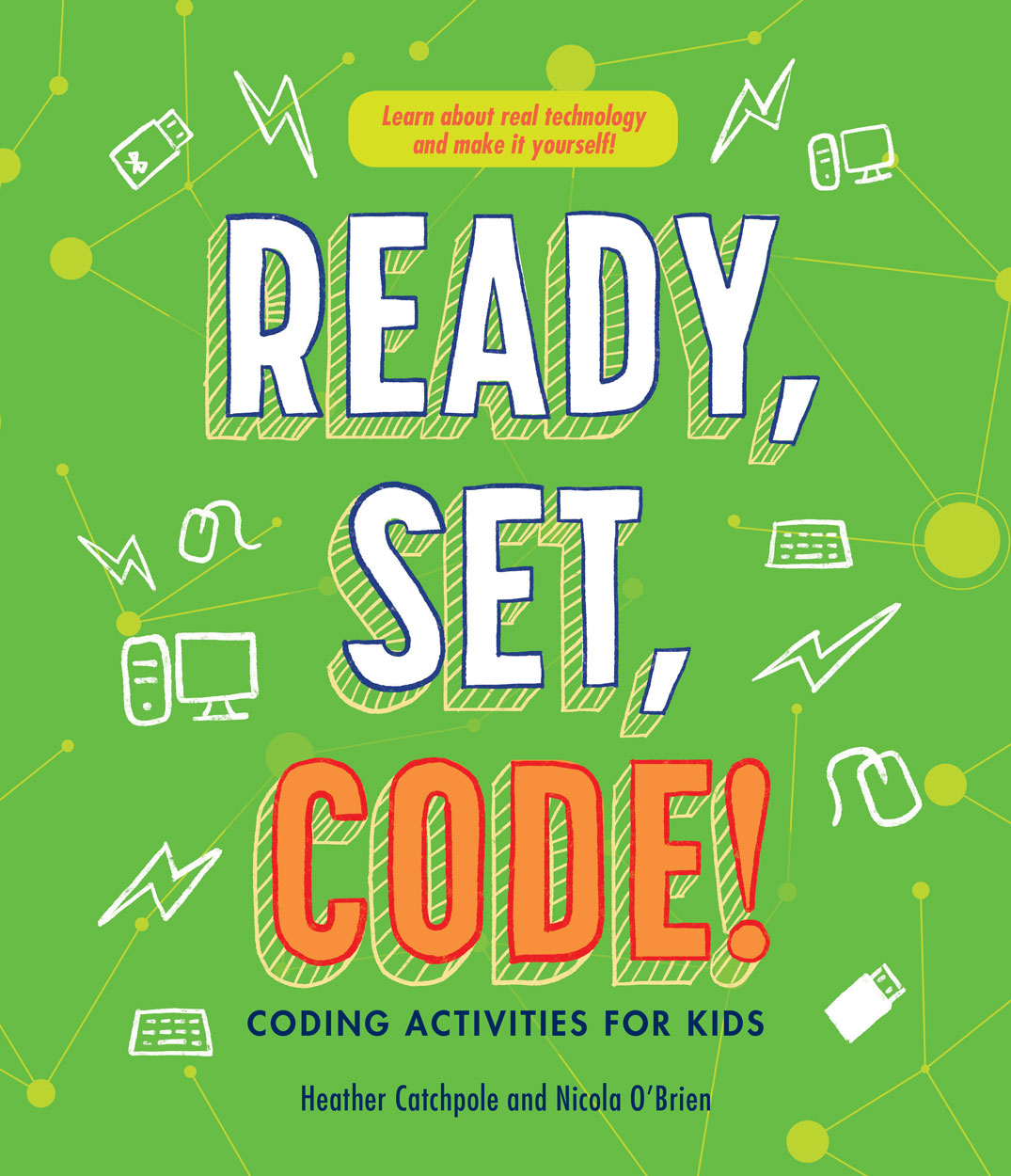
Ready, Set, Code! Coding Activities for Kids
Heather Catchpole and Nicola O’Brien (CSIRO)
Ready, Set, Code! introduces students to coding and computational thinking with illustrated step-by-step instructions. As well as sections on sensors, robotics and data, the hands-on coding projects include topics such as art, music and poetry which means they often link to multiple curriculum areas. Most of the projects use the programming language Scratch which is free to use and download. Other projects use micro:bits which, albeit inexpensive, need to be bought (although these projects can be completed using an online micro:bit simulator).
The benefit of the book (over online coding lessons) is a student can easily refer to the book while working on the computer, and they can work through the projects at their own pace. The book also includes a guide for staying safe online and tips for parents and teachers. While the lessons are based on the Australian Curriculum, the content is relevant to Digital Technologies Hangarau Matihiko. A good little starter for learning to code. – Sarah Barnett
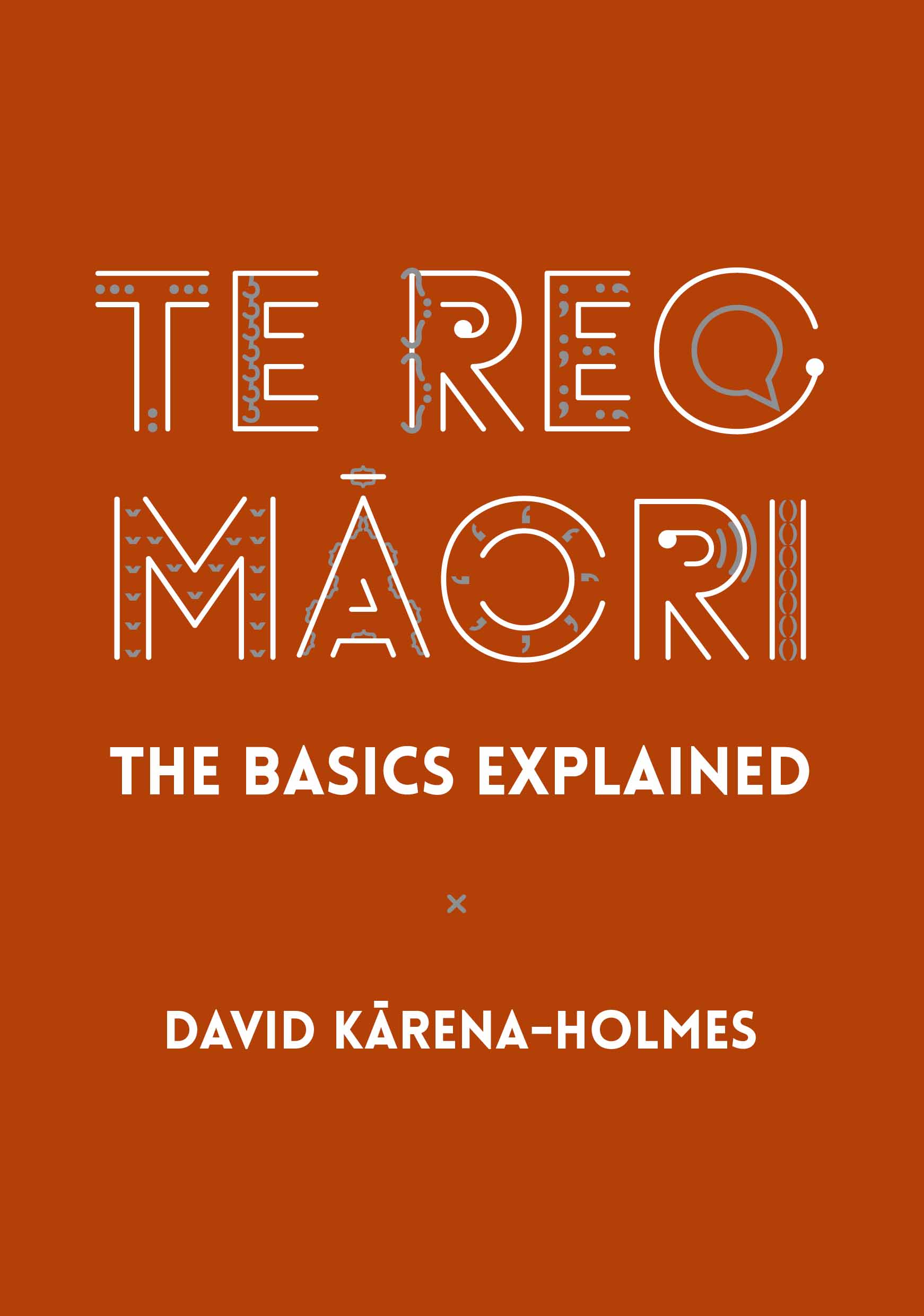
Te Reo Māori: The Basics Explained
David Kārena-Holmes (Oratia)
Published in response to a surge in people wanting to learn and speak te reo Māori, seasoned author and language teacher David Kārena-Holmes makes the process clear and enjoyable in this book. Written in everyday language, Kārena-Holmes uses a methodical approach – he explains in simple terms the building blocks of grammar and pronunciation and shows how to create phrases, sentences and paragraphs. He encourages spoken practice and the book looks at the relationship between spoken and written te reo Māori. No prior knowledge is assumed, and the book uses real-life examples to illustrate how Māori grammar works day-to-day.
While Te Reo Māori: The Basics Explained provides a concise explanation of the significant differences between te reo Māori and English, its true goal is to teach that learning te reo Māori is not learning an English translation – that within each language resides a world view and to learn te reo Māori is to also learn te ao Māori. An accessible and excellent guide to the basics which will make the perfect companion to spoken practice. – Sarah Barnett
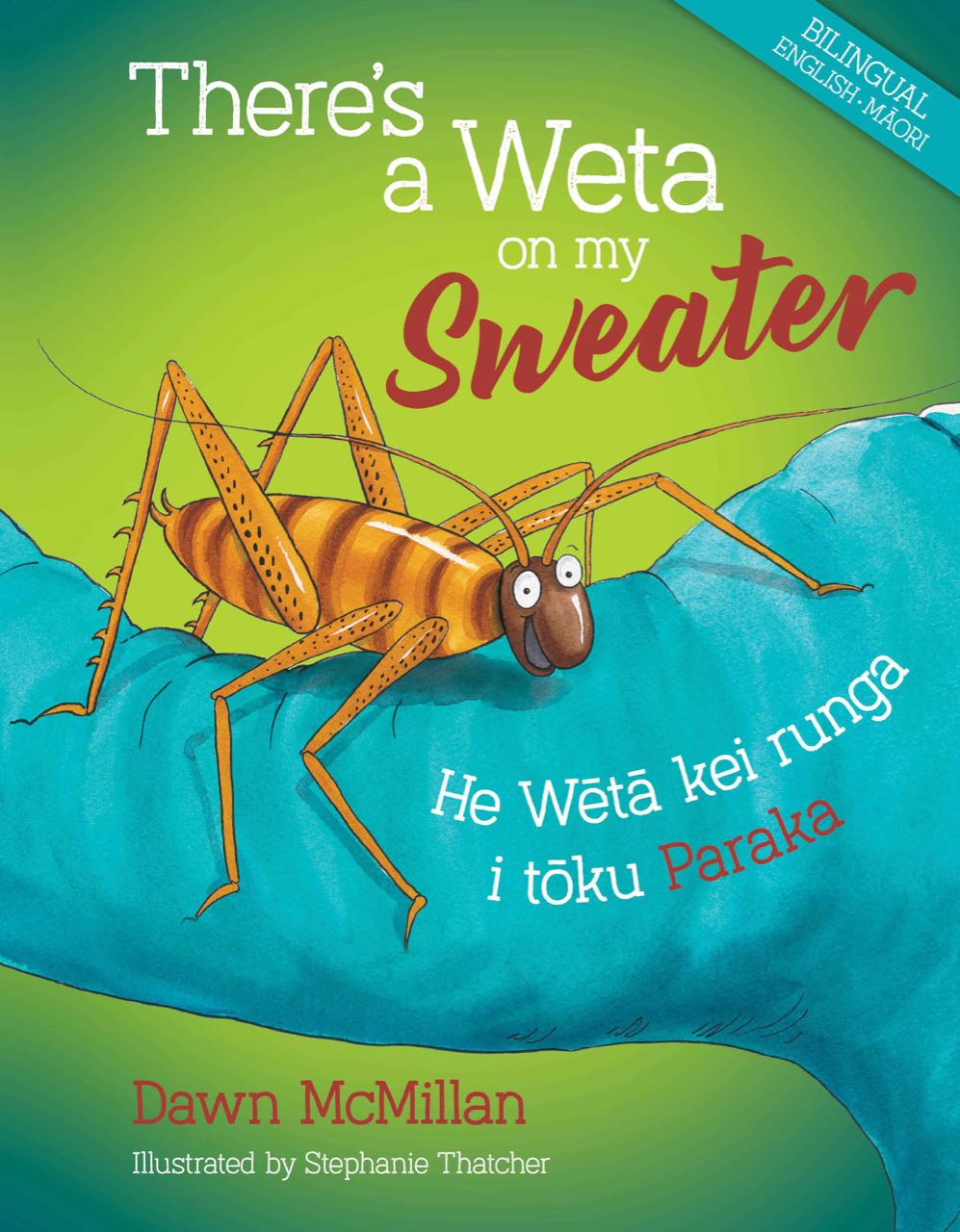
There’s a Weta on my Sweater/He Wētā kei runga i tōku Paraka
Dawn McMillan and Stephanie Thatcher (Oratia)
A wonderful bilingual (Māori and English) rhyming picture book, There’s a Weta on my Sweater/He Wētā kei runga i tōku Paraka will engage readers young and old. The story follows a wētā and his creature friends as they take a trip to school, as well as the different tamariki that discover them – there’s a centipede on the bus and a stick insect by the swimming pool! The interactions between tamariki and insects encourage readers to see the insects as friends who are part of our natural environment. – Sarah Barnett
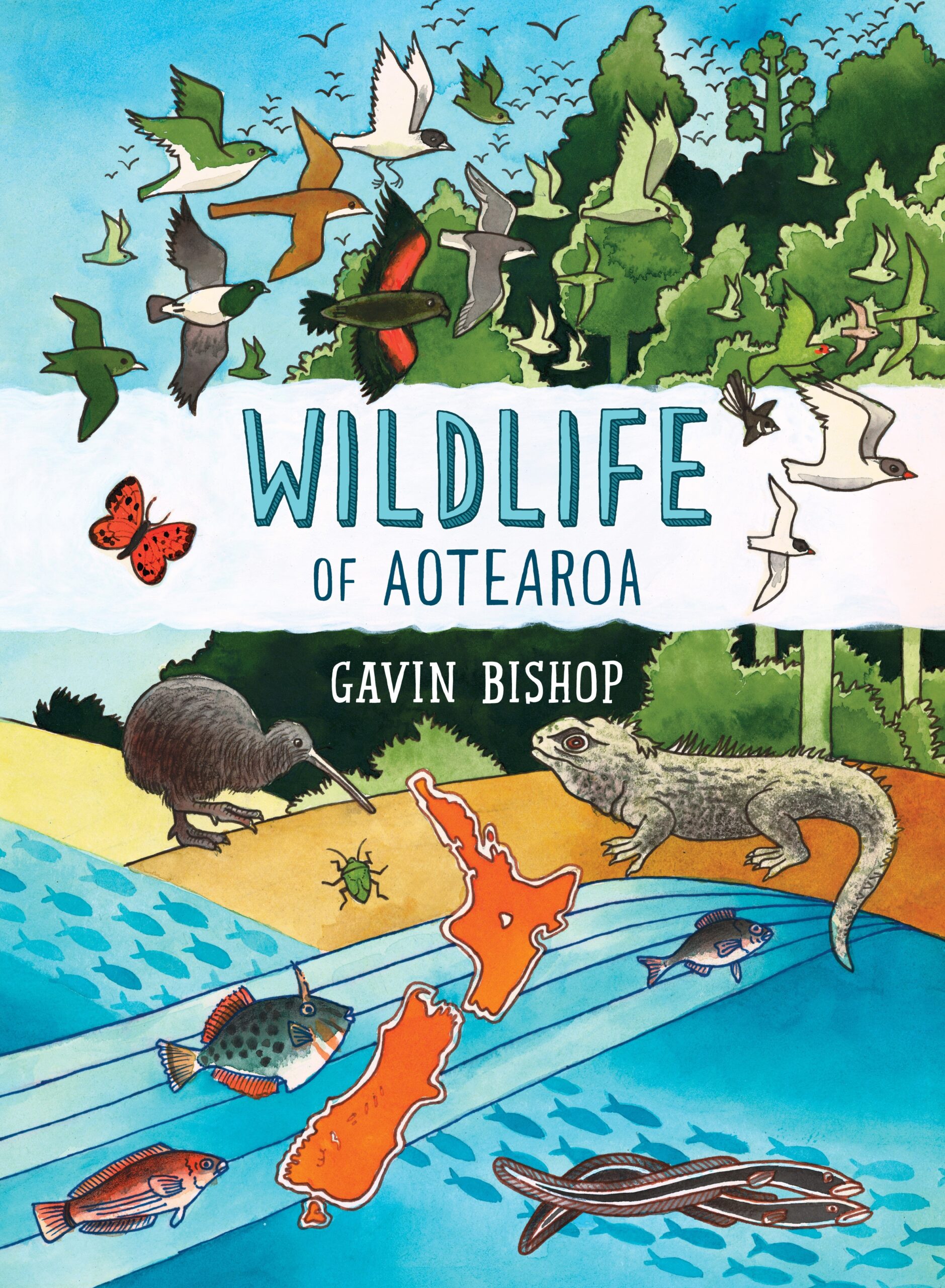
Wildlife of Aotearoa
Gavin Bishop (Tainui, Ngāti Awa) (Penguin Random House NZ)
This spectacular hardback picture book by writer and illustrator Gavin Bishop won the New Zealand Booklover’s Best Children’s Book Award 2020 and the Storylines Notable Non-Fiction Award 2020.
The book celebrates the diverse creatures and ecological systems of Aotearoa through illustrations and fascinating facts – the fish, seabirds and life along our shoreline; the wetlands and rivers; the bush and mountains. The book also explores how settlement of Aotearoa New Zealand has changed the land. A wonderful double-page spread shows the wildlife that live in our houses – from pōpokorua (ants) and kiore (house mice) to bed bugs! Throughout there is an environmental message as Bishop highlights the threats to our oceans, the extinction and decline of different species, and threats to the flora and fauna of Aotearoa. While the book is a feast for the eyes, it’s also a reminder to care for what we have. – Sarah Barnett

